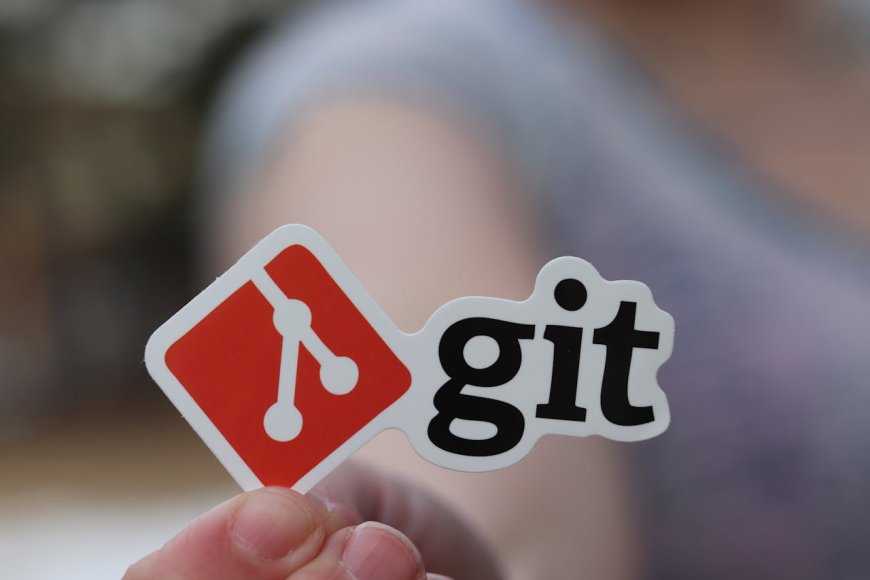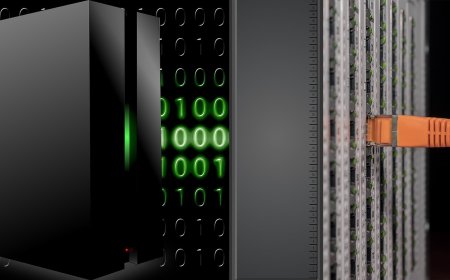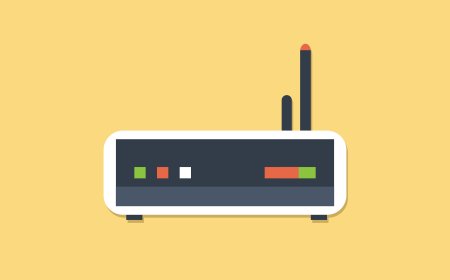What is Git and how git work
Git is a distributed version control system (DVCS) that helps developers manage changes to source code during software development. It allows multiple developers to work on the same project simultaneously, tracks every change made to the code, and helps revert to previous states when necessary.

What is Git?
Git is:
-
Free and open-source
-
Created by Linus Torvalds in 2005 (the creator of Linux)
-
Designed for speed, efficiency, data integrity, and support for distributed, non-linear workflows
Why Use Git?
-
Version history: Tracks changes over time
-
Collaboration: Multiple developers can work on the same project
-
Branching: Create isolated environments for features or bug fixes
-
Backup: Every user has a full copy of the repository
Key Concepts in Git
1. Repository (repo)
-
A directory where your project lives.
-
Contains all files, history, branches, tags, etc.
-
Can be local (on your computer) or remote (like GitHub, GitLab, Bitbucket).
2. Working Directory
-
The current directory you are working in.
-
Contains actual files from the latest commit.
3. Staging Area (Index)
-
A file where you list what will go into your next commit.
-
Allows selective commits.
4. Commit
-
A snapshot of your changes.
-
Contains a unique hash, author, timestamp, and commit message.
5. Branch
-
A lightweight movable pointer to a commit.
-
Default branch:
mainormaster -
Use branches for new features, fixes, or experiments.
6. Merge
-
Combines two branches into one.
-
Preserves history and changes from both.
7. Clone
-
Make a copy of an existing repository.
8. Pull
-
Fetch and merge changes from the remote repo to your local one.
9. Push
-
Send your local commits to the remote repo.
10. Remote
-
A version of your repository hosted on the internet or network.
Common Git Commands
Initialization
Working with Changes
Branching & Merging
Remote Repositories
Advanced Git Features
Tags
-
Mark specific points (usually releases)
Rebase
-
Linearize history
Stash
-
Temporarily save changes
Cherry-pick
-
Apply a specific commit from another branch
Reset vs Revert
-
reset: Move HEAD to a different commit (can lose data) -
revert: Create a new commit that undoes changes
Git Workflow Example
-
git clone https://github.com/user/repo.git -
cd repo -
Make changes
-
git add . -
git commit -m "Add new feature" -
git push origin main
Popular Git Workflows
-
Feature Branch Workflow
-
Gitflow Workflow
-
Forking Workflow
-
Trunk-based Development
Each has different strategies for branching and merging, depending on team needs.
Git Hosting Services
-
GitHub – most popular
-
GitLab
-
Bitbucket
-
Azure Repos
These platforms add features like:
-
Pull requests (code reviews)
-
Issue tracking
-
CI/CD pipelines
Git Configuration
Tools That Use Git
-
Git GUI Clients: GitKraken, Sourcetree, GitHub Desktop
-
IDEs with Git Integration: VSCode, IntelliJ, Eclipse
-
CI/CD Tools: Jenkins, GitHub Actions, GitLab CI
Git is a free and open-source distributed version control system used to track changes in source code during software development. It allows multiple developers to work on a project simultaneously, manage different versions of code, and collaborate efficiently. Git makes it easy to revert to previous code states, manage branches, and synchronize code with remote repositories like GitHub or GitLab.
What's Your Reaction?
 Like
0
Like
0
 Dislike
0
Dislike
0
 Love
0
Love
0
 Funny
0
Funny
0
 Angry
0
Angry
0
 Sad
0
Sad
0
 Wow
0
Wow
0




























